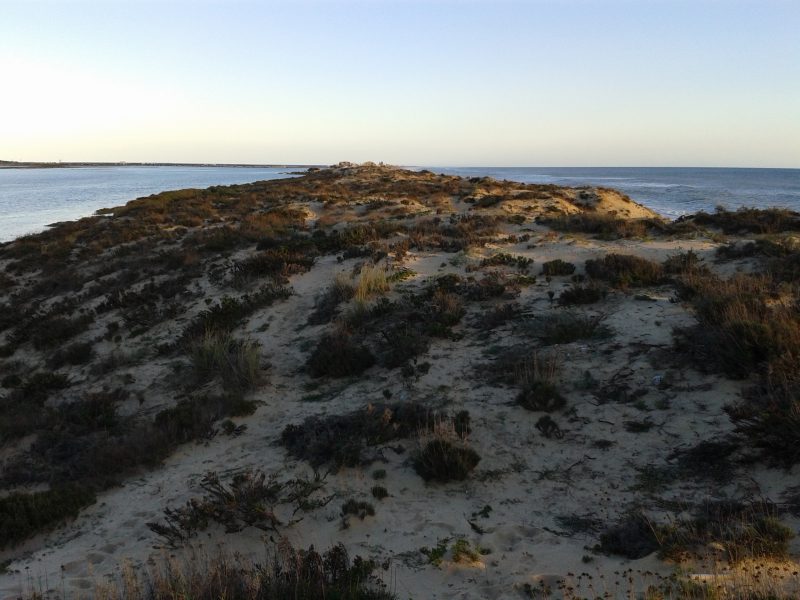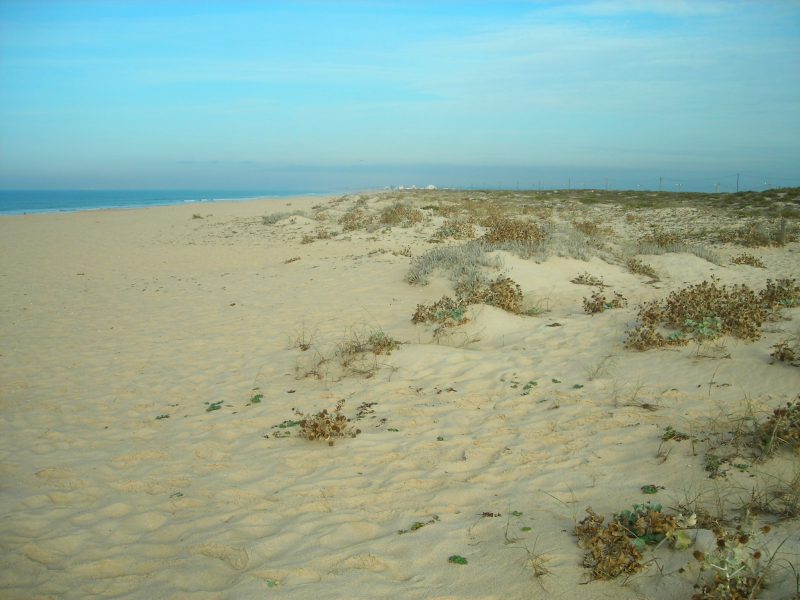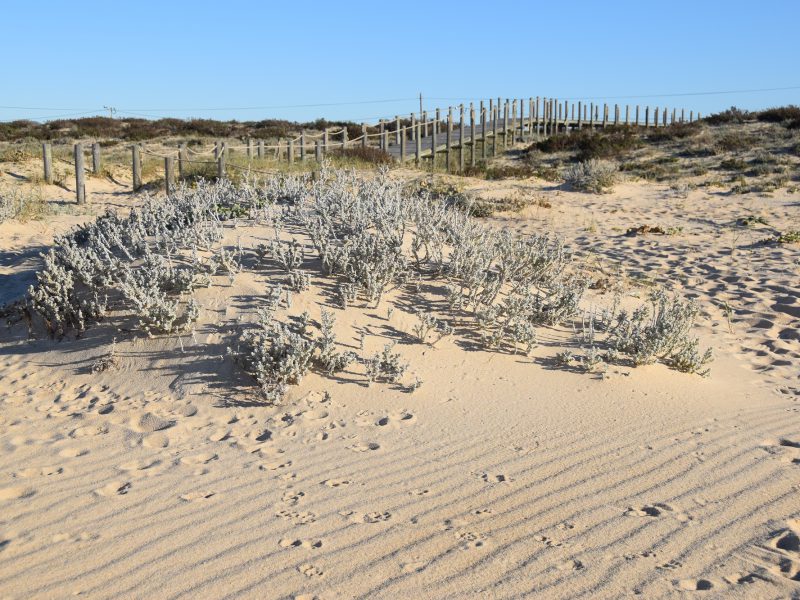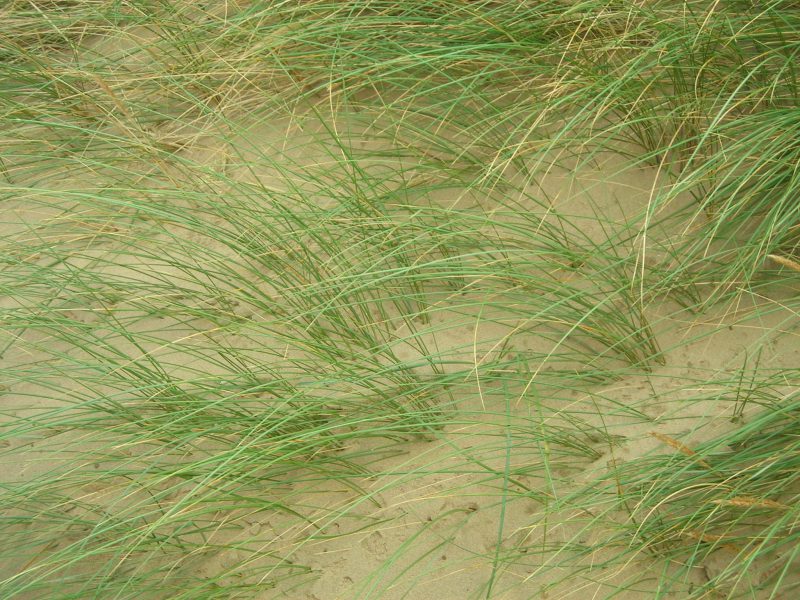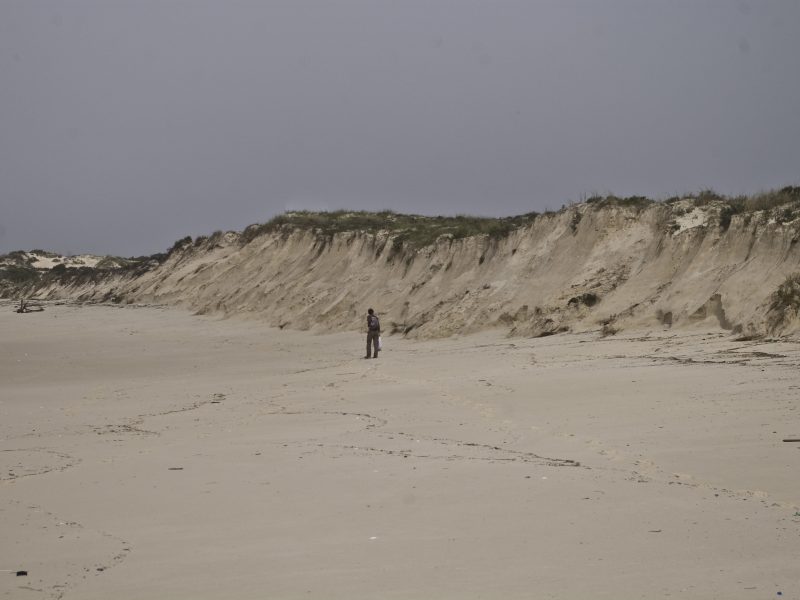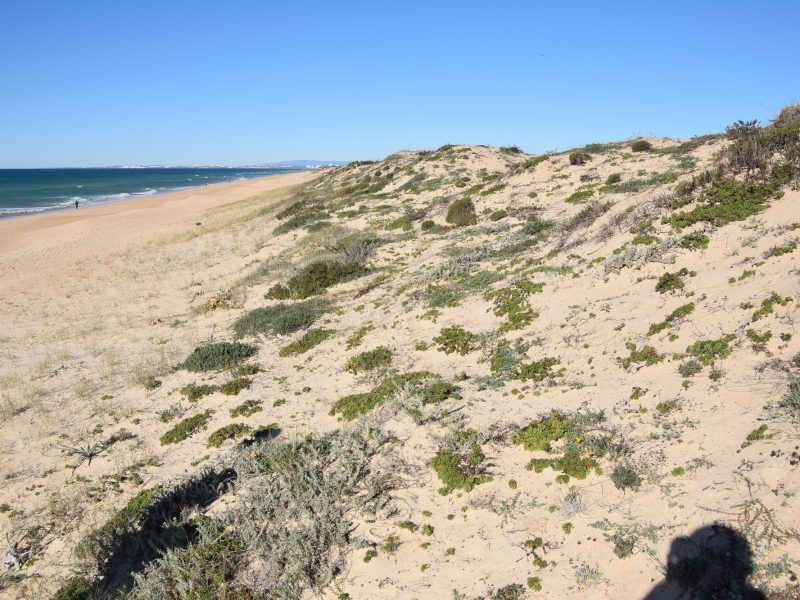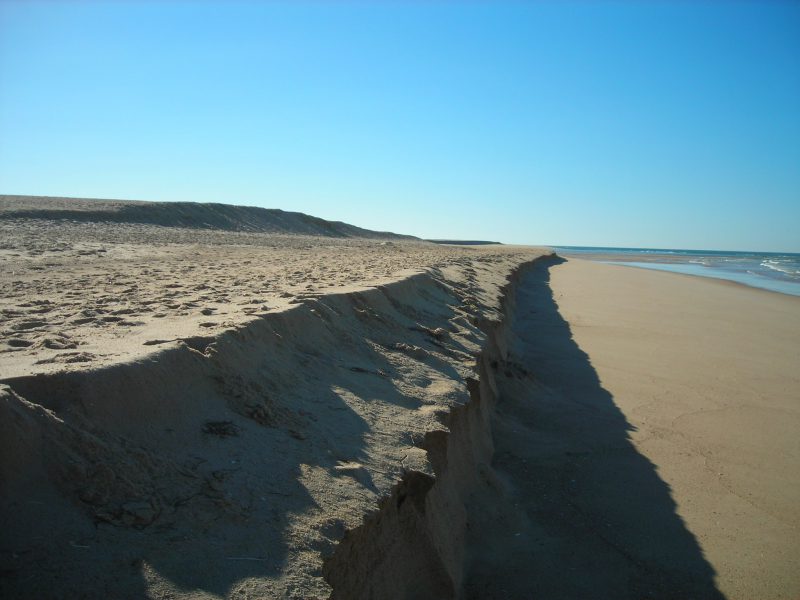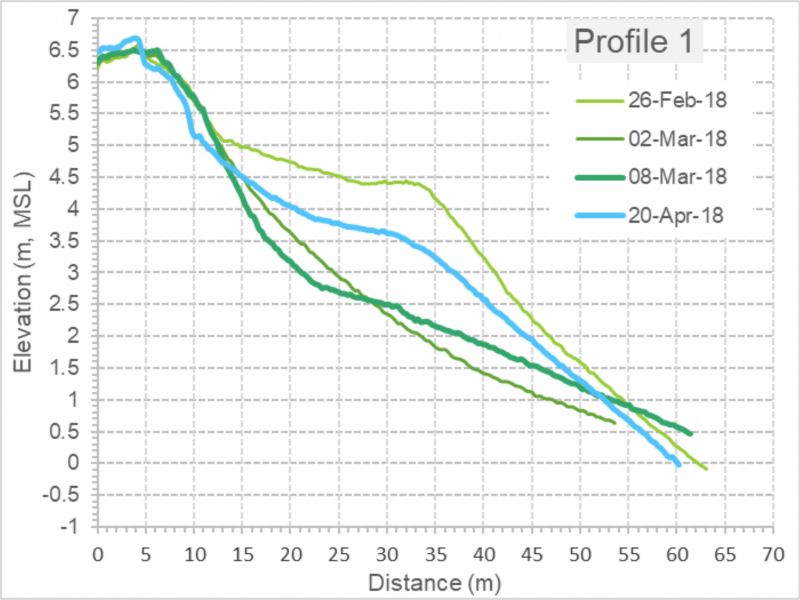Project objectives
- Explore process-based models with the aim to identify the best strategy to simulate long-term coastal evolution of sandy coasts.
- Explore different approaches to schematize boundary conditions in order to be able to simulate long-term coastal processes.
- Develop Duna and ShorelineS models further…
- Create a solution for modeling long-term (years to decades) evolution of sandy coasts integrating marine and aeolian processes, and both cross-shore (1D approach) and longshore (oneline or coastline approach) processes.
- Validate the developed approach.
